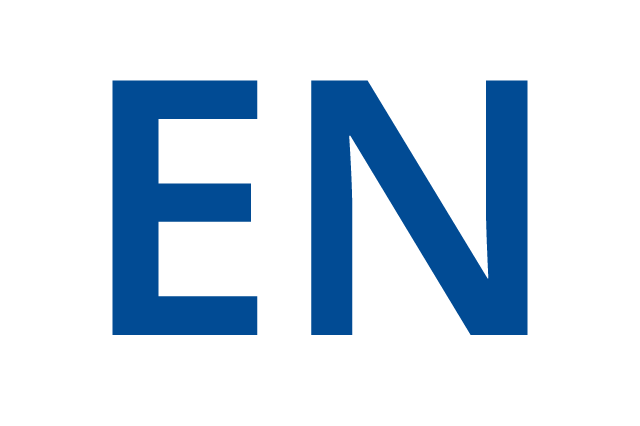
| Données Personnelles | Thématiques de recherche | Charges de cours | Publications |
BOGAERTS Philippe



Unités
BioControl (Biosystems Modeling and Control)
Responsable d'Unité : Oui
PRINCIPALES THÉMATIQUES DE RECHERCHE : • Modélisation mathématique et estimation paramétrique de systèmes biologiques • Optimisation basée sur modèle et régulation de systèmes biologiques • Observation d'état (capteurs logiciels) pour systèmes biologiques • Analyse de réseaux biologiques (metabolic flux analysis, flux balance analysis, flux variability analysis), notamment pour des systèmes sous-déterminés (plus de flux inconnus que d'équations disponibles) • Applications types : cultures de microorganismes (levures, bactéries) ou cellules animales en bioréacteur (batch, fed-batch, perfusat) dans le cadre des industries agro-alimentaires et biopharmaceutiques
Projets
Research context The goal of the SuNuP project is to understand the mechanisms involved in microorganism resistance to drying through an analytical integrated approach: from the lab-scale cultures in mini-bioreactors to pilot scale drying. Funded by Wagralim, the agri-food innovation cluster in Wallonia region, the project consortium is made of - 3 academic partners: o 3BIO-BioControl –Biosystems Modeling and Control lab at Université libre de Bruxelles (modeling, identification, state estimation and optimization of biological cultures) o TIPs –Transfers, Interfaces and Processes lab at Université libre de Bruxelles (characterization and modeling of phenomena involved in drying processes) o MiPI –Microbial Processes and Interactions lab at Gembloux Agro-Bio Tech (single-cell analysis of microbial populations and bioreactor cultures) - 2 industrial partners: o Vésale Pharma (microorganism encapsulation and probiotic production) o Puratos (yeast and sourdough fermentation) –project coordinator Objectives The main objectives at 3BIO-BioControl will be to - build dynamical models of mono-and co-cultures of lactic acid bacteria and/or yeast for predicting, as a function of the operating conditions (especially the bioreactor feeding), microorganism growth, substrate consumption, metabolite production and stress protectant accumulation (for yeast); - provide mathematical modeling and analysis of the interaction/competition mechanisms in the case of co-cultures of lactic acid bacteria and yeast; - determine, based on the dynamical models, the optimal operating conditions for maximizing the microorganism growth rate and, in the case of yeast cultures, for maximizing the accumulation of stress protectants; - build software sensors (state estimators) for the online monitoring of the stress protectant accumulation in yeast.
FishMod - Mathematical modeling for ecosystem approach to fisheries management in Vietnam
Research context In the last decades, Vietnamese fisheries have developed intensively. This sector is of course of primary importance for Vietnam from a socio-economical point of view. However, the consequences of fishing activity intensification can be very harmful for the marine ecosystem and can lead to severe reduction, or even depletion, of some fish stocks. To try keeping a sustainable development, a fishery management strategy has been approved for Vietnam in 2010. The goal was to reduce the coastal fishing pressure and to intensify offshore fishing. A strong limitation in this management strategy was to make decisions only based on single stock assessment. This latter does not take into consideration the numerous interactions between the different species at the ecosystem level. The scientific community has undertaken the analysis of marine ecosystems through mathematical models for several decades. In 2008, the FAO (Food and Agriculture Organization of the United Nations), advocated the use of ecosystem modeling for an ecosystem approach to fisheries management(FAO, 2008). Objectives This project focuses on the development of mathematical models for an ecosystem approach to fisheries management in Vietnam. The general goal is to propose models that can be reliably used to develop an efficient fisheries management strategy.

